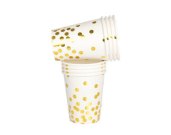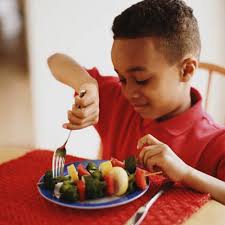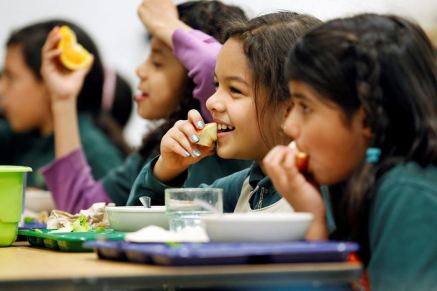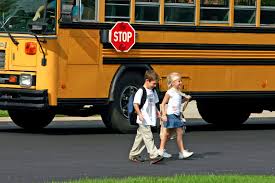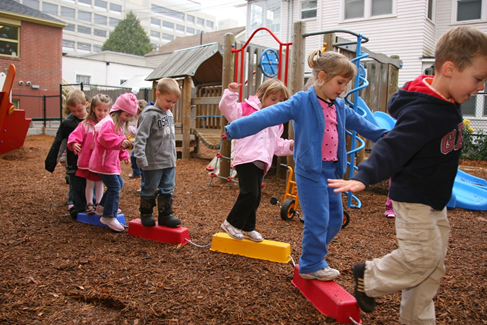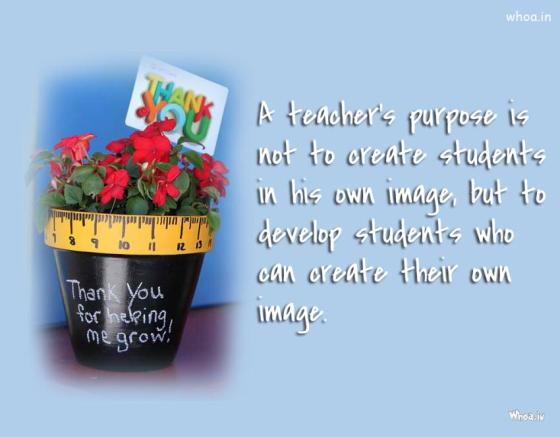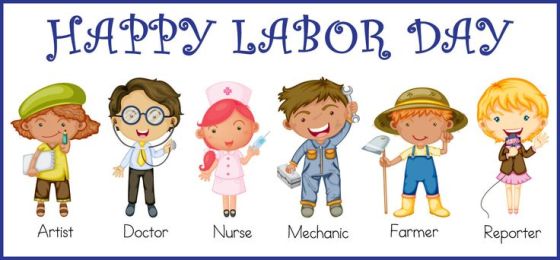This activity is an extension of my last blog. I have done this activity with child care providers many times to provide ideas for their classroom. Children enjoy this hands-on activity where they can be involved. This is just one example of how you can make a book come alive. Choose your own book and let your imagination run to come up with your own activities. Remember to link your classroom together with themes for learning.
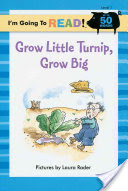
Read the book several times before you conduct the activity. This will allow time for your children to become familiar with the story,
Has anyone eaten a turnip root? What about turnip greens? Our story is about a big turnip. Grow Little Turnip, Grow Big is written by Harriet Ziefert and illustrated by Laura Rader. What do you think this book is about? Has anyone seen a big turnip root?
This book, is about an old man, an old woman, a little girl, a big dog, a cat and a tiny mouse. (prepare pictures for each for the children to hold, I suggest laminating each so you can use them multiple times). Ask for six volunteers to help with the story. As the children come up give them a picture to hold (or punch two holes at the top of the card and use yarn to thread through so the child can wear the picture around their neck, this is my preference to leave their hands free). Move all the children to the side, except for the old man. You can have a pot with a plastic turnip planted in a pot covered by moss that you hold. (see example at the bottom of the page, you can make your own)
As you read the book, ask your volunteers to help act out the story. As you talk about the characters from the book pulling up the turnip, each one tries to pull up the turnip individually, then they try to help the person in front of them pull. At the end they all work as a team and are successful.
To involve the entire class in the story, make the following change:
Page 20 They pulled and pulled and pulled. Line up the children and stress that they are only going to pretend to pull on the person in front on them. On the count of three we are going to pull up the turnip. 1-2-3. Pull it up! Pull it up! Pull it up! Yeah! The turnip did come up. Now the old woman can cook the turnip for supper.
Suggested questions for end of book discussion:
- What color is the turnip root?
- What color are the leaves of the turnip?
- Where do turnips grow?
- Has someone eaten the white turnip root or the green leaves of the turnip?
- What other foods did you eat with the turnips?
- Can someone name other types of “greens”? (mustard, kale, spinach, collards)
- Why were we finally successful in pulling up the large turnip? (everyone worked together to pull up the turnip)
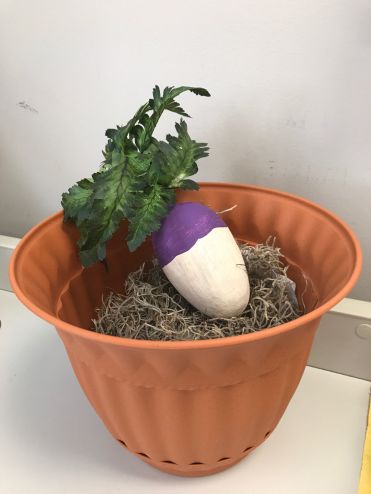
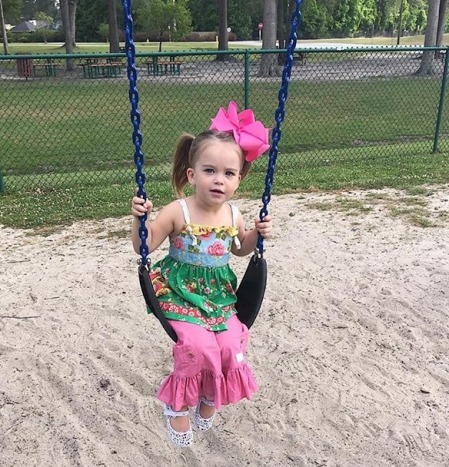
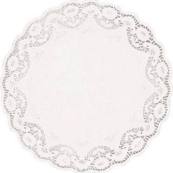
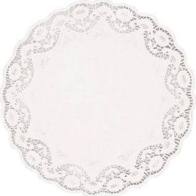
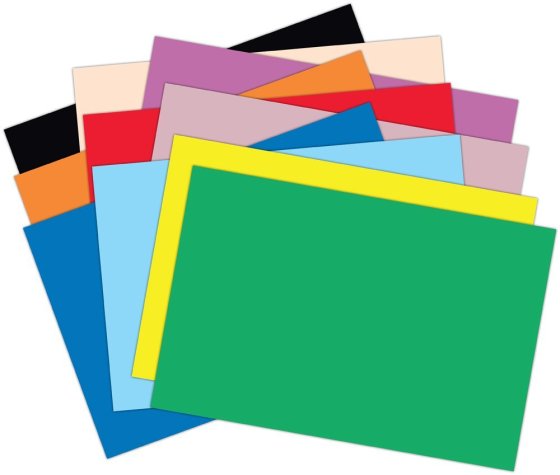




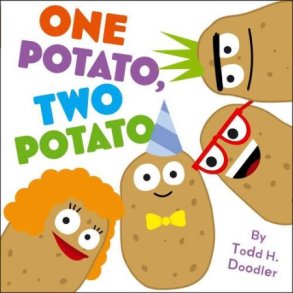
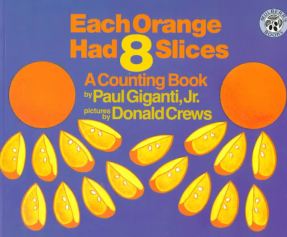
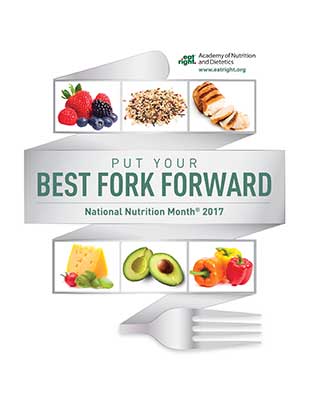
 Here’s a great activity to do in your center. It is go
Here’s a great activity to do in your center. It is go od to strengthen both science and math skills, plus gingerbread is always good around the holiday season.
od to strengthen both science and math skills, plus gingerbread is always good around the holiday season.